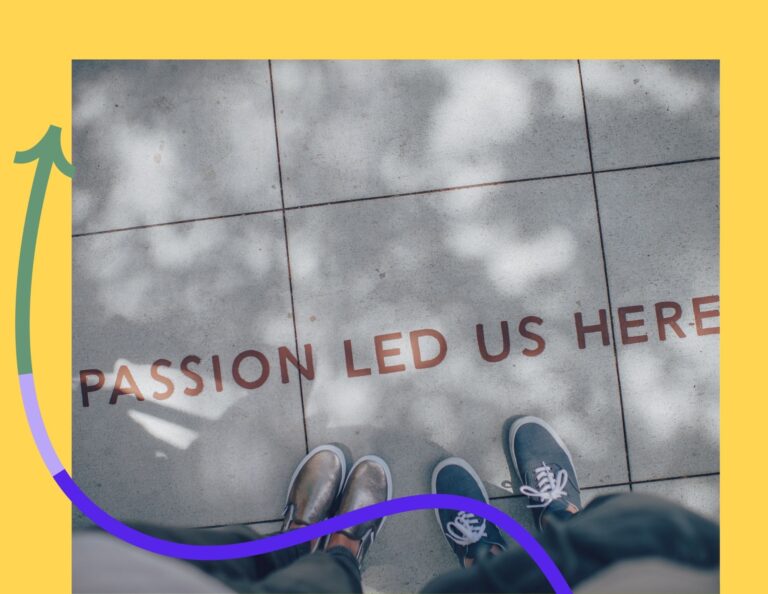Have you ever been asked: “Why is photography so expensive?”, “Don’t you just click a button?” or “Can’t Photoshop fix everything?” This post could be the answer to your prayers. After doing photography for 12 years, I’ve had all kinds of questions from clients. I’ve also learned how to respond to misconceptions about photographers.
Understanding how to answer these questions will help educate your clients so you can better set (and exceed!) their expectations, making your life just a little bit easier. The best way to respond to people is out of a place of love and not out of frustration, and with a bit of practice, you can nail down these responses in no time.
Want to watch the full video? Click to watch it here or keep reading below.
Top 6 Client Misconceptions About Photography
1. “Why IS photography so expensive?”
One of the top challenges we often face is around pricing, which is based on the misconception that all we do is “click a button.” Clients might think that we only work for the two hours that we’re on a location. They might not think about the time it takes us to edit, write and respond to emails, maintain our website, etc. You know and I know that we definitely don’t just show up, snap a couple of photos, and then leave.
How to respond to this misconception…
Let your clients know that photography, especially wedding photography, is an investment. Your work captures and preserves their most important life memories. Also clarify all the behind-the-scenes work involved and your brand differentiators, including providing a top-notch customer experience through communication with them before the shoot, during the shoot, on location, and after the shoot; editing; location scouting; buying props; etc.
2. “Why do we have to sign a contract?”
Sometimes clients wonder why they need to sign a contract or an agreement with a photographer. Or they don’t understand the importance of it.
How to respond to this misconception…
It’s important to educate clients that contracts are there not only for your protection, but more importantly, for theirs. It maps out everything in your project. From what to expect from you as the photographer, to the timeline, to the turnaround, to editing, to number of photos, to what time to show up on the location, to what time the photo shoot ends, everything is laid out so it’s crystal clear for you and your clients. It’s one of my favorite business tools to save me and my clients time and confusion and set expectations from the very start.
PRO TIP
HoneyBook has amazing contract templates, for all different kinds of photography, from the standard portrait photography to wedding photography. They even have contracts for styled shoots and model release forms. Get started with my code for 50% off.
3. “Can’t you just Photoshop that out later?”
Let’s be real. Most of us photographers are using Lightroom for editing, not Photoshop. Photoshop was coined as the universal term for just shaving off a few pounds, removing any major blemishes, or changing the color of the sky. It’s the universal term for what the average person is going to think editing really entails.
Personally, I don’t Photoshop my images, and I included that in a FAQ on my website that says, “I don’t do Photoshop.” For example, let’s say there’s a piece of trash on the ground or something that I could just easily do in camera and remove, I would prefer to do that in camera than Photoshop it, aka use the clone stamp in Lightroom. It’s just a personal preference, and there’s nothing wrong with retouching as long as you’re doing it in a natural way that still replicates what the client actually looks like. I have friends who do retouching, and they do it in a really beautiful light, natural way.
How to respond to this misconception…
If you don’t use Photoshop or heavily edit your images, be specific and give examples on what that means. I say I still edit my photos, but I do not do any kind of stretch mark removal, let’s say, or make any major adjustments. I don’t do any kind of retouching in that sense, and I make it clear.
4. “Why does it take a few weeks to edit and deliver my images?”
The next misconception is all about the turnaround time for the photos and the idea that we can just edit, retouch an entire shoot in less than 24 hours, and text clients the images the second we leave.
How to respond to this misconception…
Let clients know that it does take a lot of time to go through the photos, pick the best ones and edit them to perfection. Even exporting the images, especially if you have an older computer like myself, backing them up, and then delivering them (depending on your wifi speed) all take time. Remember: Including your standard turnaround time in your online contract and talking through that when you first start working with your clients will help set clear expectations.
5. “The more images, the better.”
The average client is going to assume that 400 images is better than 40. And some clients expect that they’re going to receive 3,000 photos. We both know that it’s quality, not quantity that matters here.
How to respond to this misconception…
Let your clients know that the reality is that you’re editing out a lot of duplicates, blurry images, images where they’re talking or eating mid-shot or ones where the lighting was funky. Let them know that you’re not holding back any images and that it’s just part of the culling process. Your clients probably don’t want to view themselves in certain images because it’s not so flattering when they were mid-sneeze. You’re just removing those unflattering images, so that your clients can truly see themselves in the best light possible.
6. “The more popular, the better the work.”
Some clients will say, “People in my city pay for the name of the photographer.” But this idea that the more popular the photographer is, the better the work, is definitely not always true.
How to respond to this misconception…
That’s a false assumption that the more followers someone has, the more professional they are, the more talented they are, and the quicker they’ll get clients’ images back to them. When booking something as important as your wedding photographer, somebody’s follower count shouldn’t be something that factors into why you a client should want to book their services. Instead, look for a photographer based on more important factors including picking someone whose work you really admire, whom you vibe with, is reliable, etc.
Figuring out how to respond to your clients’ top misconceptions is just half the battle. The other half is believing your responses and knowing your worth! Let me know if you have any responses to these common misconceptions that have worked well or if there are any I’ve missed in the comments.



